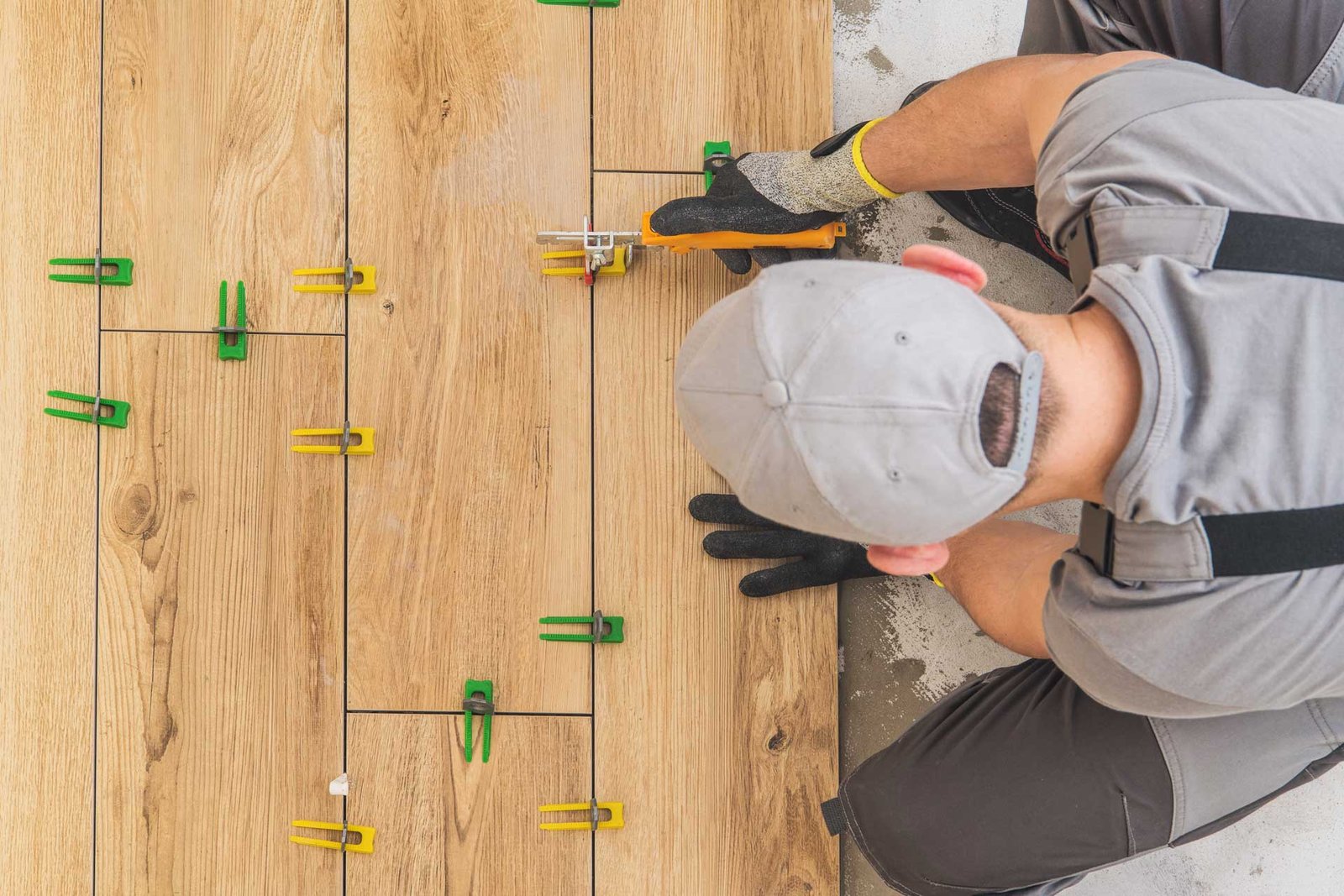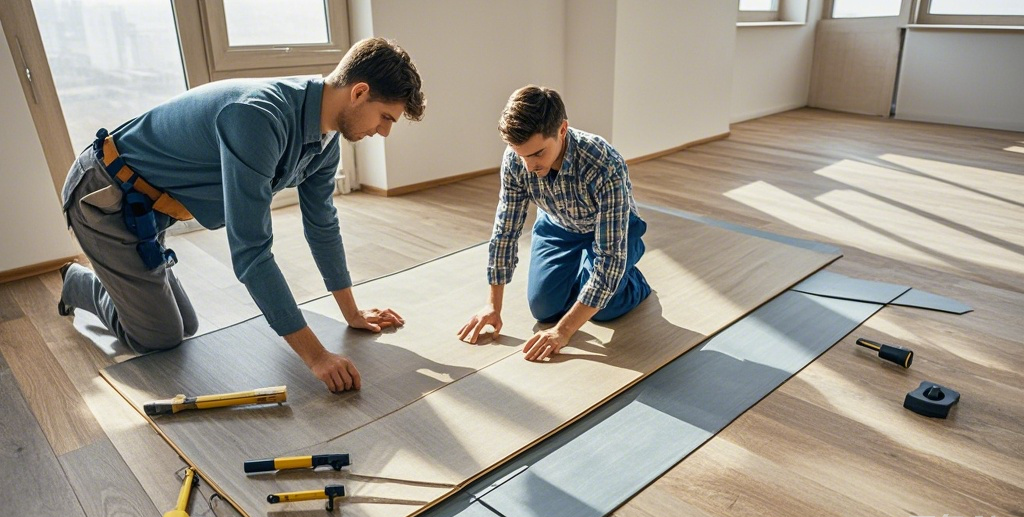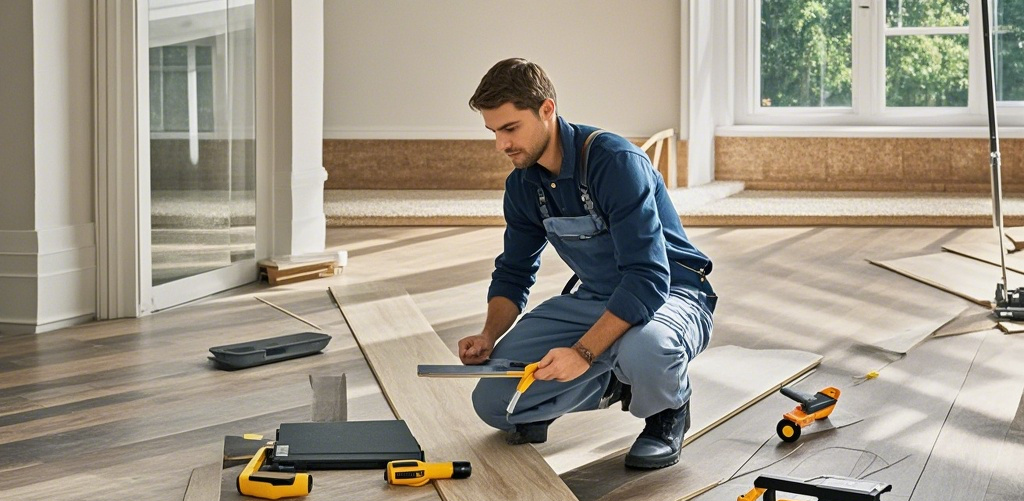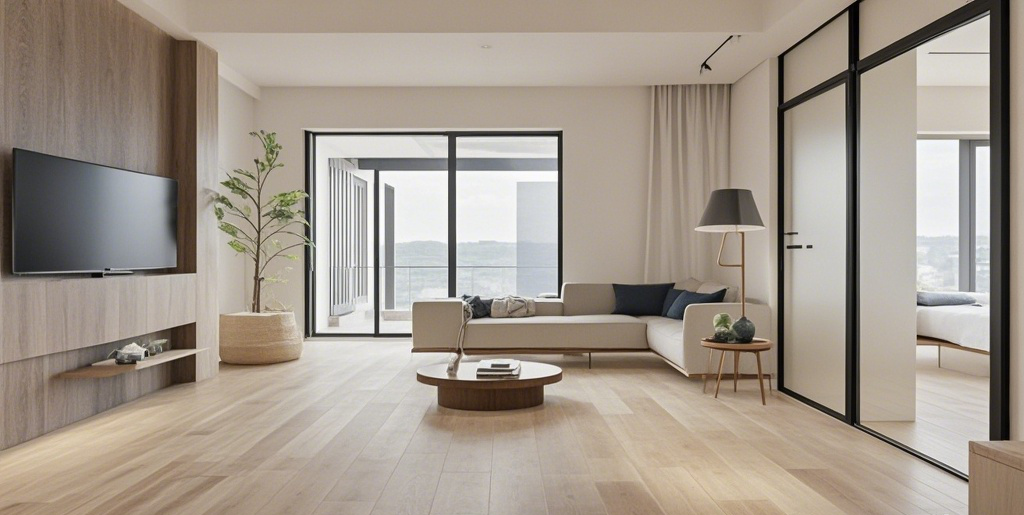
Proper installation is critical for ensuring the longevity and performance of SPC (Stone Plastic Composite) flooring, especially in moisture-prone environments. One common question is whether a vapor barrier is necessary. Skipping this step could lead to hidden moisture problems, potentially damaging the subfloor or compromising indoor air quality.
SPC flooring generally requires a vapor barrier when installed over concrete or in high-moisture areas like basements. The vapor barrier prevents moisture from seeping through the subfloor and causing mold, odors, or subfloor deterioration. However, if the SPC flooring has a built-in underlayment with a moisture barrier, an additional layer may not be necessary.
Read on to understand when a vapor barrier is essential, how it works, and the best practices for protecting your SPC flooring from moisture-related issues.
What is a vapor barrier, and why is it important?
A vapor barrier is a material designed to block moisture from passing through the subfloor into the flooring above. It plays a vital role in maintaining the integrity of SPC flooring and the subfloor.
Vapor barrier snippet
A vapor barrier prevents moisture from reaching SPC flooring, protecting against mold, mildew, and subfloor damage in moisture-prone environments.

- How it works: Vapor barriers are typically made of plastic or polyethylene sheets that form a waterproof layer over the subfloor, blocking moisture from below.
- Moisture control: In areas like basements, concrete subfloors can emit moisture that condenses under the flooring. A vapor barrier prevents this, protecting the SPC planks.
- Mold prevention: By keeping moisture at bay, vapor barriers reduce the risk of mold and mildew growth that can compromise air quality and flooring durability.
| Vapor Barrier Feature | Importance | Example Applications |
|---|---|---|
| Moisture blocking | Prevents floor damage | Concrete subfloors |
| Mold prevention | Protects indoor air | Basements, ground-level areas |
| Subfloor protection | Extends floor life | High-moisture environments |
SPC flooring never requires a vapor barrier.False
Vapor barriers are essential for moisture-prone subfloors to protect the flooring and subfloor.
When is a vapor barrier required for SPC flooring?
The necessity of a vapor barrier depends on the type of subfloor and the environment in which the SPC flooring is installed.
Vapor barrier necessity snippet
A vapor barrier is required for SPC flooring when installed over concrete, in basements, or in areas with high moisture levels to prevent water vapor infiltration.

- Concrete subfloors: Concrete emits moisture naturally, even when cured. A vapor barrier is critical to prevent water vapor from seeping into the flooring.
- Basements: These spaces are prone to higher humidity and groundwater seepage, making a vapor barrier a necessary precaution.
- High-moisture environments: Rooms like kitchens, bathrooms, or laundry areas benefit from vapor barriers to mitigate accidental water exposure.
| Subfloor Type | Vapor Barrier Requirement | Example Usage |
|---|---|---|
| Concrete | Required | Basements, garages |
| Plywood | Optional | Ground-level living areas |
| Existing flooring | Optional | Remodels over tiles/laminate |
A vapor barrier is unnecessary for SPC flooring in any environment.False
Concrete subfloors and high-moisture areas require vapor barriers to protect the flooring.
Do SPC flooring products with built-in underlayment need a vapor barrier?
Many SPC flooring products come with a pre-attached underlayment layer. Does this eliminate the need for an additional vapor barrier?
Built-in underlayment snippet
SPC flooring with a built-in moisture barrier may not require an additional vapor barrier, depending on the subfloor’s condition and moisture levels.

- Built-in protection: Some SPC planks include an integrated underlayment with a moisture barrier, offering sufficient protection for most subfloor types.
- Assessing subfloor moisture: For areas with high moisture content, a supplemental vapor barrier may still be recommended for added security.
- Compatibility check: Using an additional vapor barrier with pre-attached underlayment may void warranties or cause installation issues if not explicitly permitted by the manufacturer.
| Built-In Layer | Vapor Barrier Needed? | Example Scenarios |
|---|---|---|
| Basic foam layer | Yes | High-moisture environments |
| Integrated moisture barrier | No (usually) | Low-moisture conditions |
| Manufacturer recommendation | Follow specific guidance | Product-specific rules |
Built-in underlayment always replaces the need for a vapor barrier.False
High-moisture environments may still require additional vapor protection.
How do you properly install a vapor barrier under SPC flooring?
Installing a vapor barrier correctly ensures the flooring remains protected from moisture over time. Here’s a step-by-step guide:
Installation snippet
To install a vapor barrier under SPC flooring, lay a continuous sheet of polyethylene over the subfloor, overlap edges, and secure with tape for a watertight seal.

- Prepare the subfloor: Clean the subfloor of debris, grease, or dust to ensure a smooth surface.
- Lay the barrier: Roll out the polyethylene sheet, ensuring it covers the entire subfloor with no gaps.
- Overlap edges: Overlap the edges of adjacent sheets by 6–8 inches to create a continuous moisture barrier.
- Tape the seams: Use waterproof tape to secure the seams, preventing any moisture from seeping through.
- Trim excess material: Cut the vapor barrier to fit snugly around walls, fixtures, and other obstacles.
| Installation Step | Purpose | Tips for Success |
|---|---|---|
| Clean subfloor | Ensures adhesion | Sweep and mop thoroughly |
| Overlap edges | Prevents gaps | 6–8 inches recommended |
| Tape seams | Creates watertight seal | Use high-quality waterproof tape |
A vapor barrier is difficult to install under SPC flooring.False
Installing a vapor barrier is a simple process that protects the flooring effectively.
Conclusion
SPC flooring may require a vapor barrier in moisture-prone environments like basements or over concrete subfloors. While some SPC products include a built-in moisture barrier, assessing the subfloor and environmental conditions is essential for determining whether additional protection is needed. Proper installation of a vapor barrier can safeguard your flooring and subfloor, ensuring a long-lasting and trouble-free experience.
Call to Action
Not sure if your SPC flooring installation needs a vapor barrier? Contact our team today for expert advice and personalized recommendations. We’ll help you ensure a flawless, moisture-protected flooring project.
External Footnotes Links
- Understanding Vapor Barriers for Flooring
- Installing SPC Flooring Over Concrete
- When Does SPC Flooring Need Underlayment?
- Built-In Underlayment and Moisture Barriers
- Preventing Moisture Damage in Flooring
- Vapor Barrier Installation Tips
- SPC Flooring Warranty Considerations
- Moisture Management in Basements
- Comparing Flooring Types for Moisture Resistance
- Choosing the Right Underlayment for SPC Flooring


